Migration has always been one of the most remarkable and awe-inspiring behaviours in the animal kingdom.

From the epic journeys of monarch butterflies covering thousands of kilometres to the record-breaking migrations of Arctic terns between the poles, these movements are finely tuned survival strategies honed over millennia. Migration allows animals to access breeding grounds, follow food sources, avoid harsh climates, and maintain genetic diversity.
Yet today, that delicate balance is shifting. Global warming, driven by human activities, is altering the timing, routes, and even the necessity of migration for countless species, creating ripple effects that are being felt across entire ecosystems. Understanding how climate change is reshaping migration patterns reveals the incredible adaptability of wildlife and highlights the growing urgency of protecting the interconnected systems they rely on to survive.
Shifting timings and disrupted rhythms are an issue.
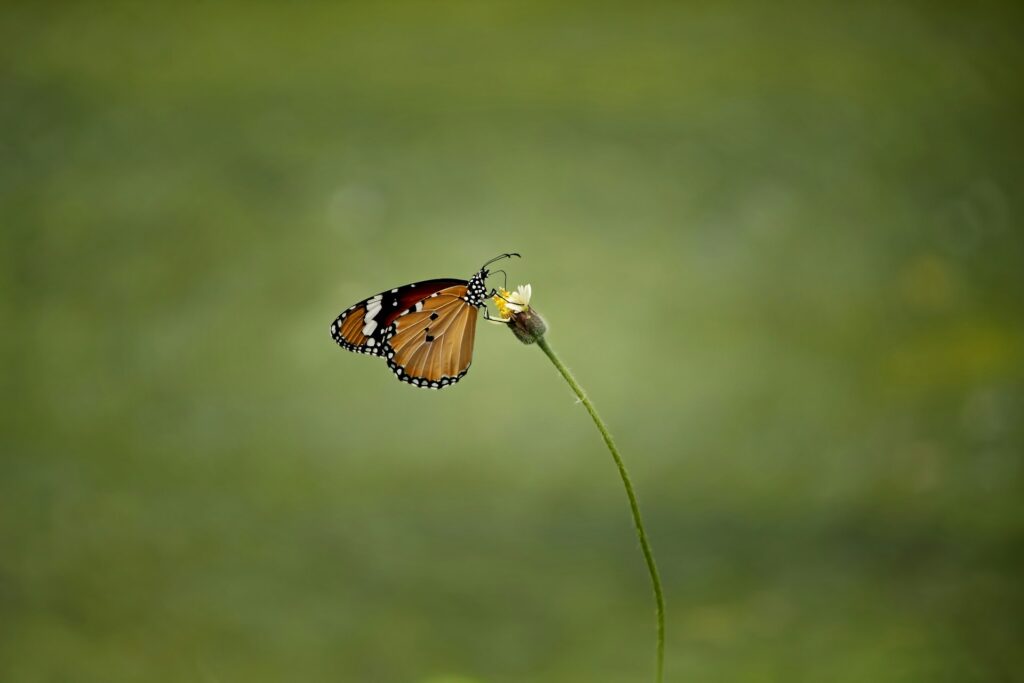
One of the clearest impacts of global warming on migration is the disruption of timing, known as phenological shifts. As global temperatures rise earlier in the year, plants bloom sooner, insects hatch earlier, and the seasonal availability of food changes significantly.
Many migratory species, such as birds, butterflies, and fish, time their journeys based on day length (photoperiod) rather than temperature. This means that even if spring arrives weeks earlier, their instinctual departure dates might remain unchanged — leading to catastrophic mismatches between arrival times and the peak availability of critical resources.
A study published in Global Change Biology found that migratory birds like the pied flycatcher are now arriving at their European breeding grounds too late to take full advantage of the peak insect populations their chicks need to thrive. These mistimings can drastically reduce breeding success, leading to long-term population declines.
For species dependent on very specific environmental conditions — such as salmon needing cold, fast-flowing rivers to spawn, or caribou relying on the synchronized emergence of tundra plants — even slight timing mismatches can have devastating consequences for their survival and reproductive success.
There are plenty of new routes, as well as lost landmarks.
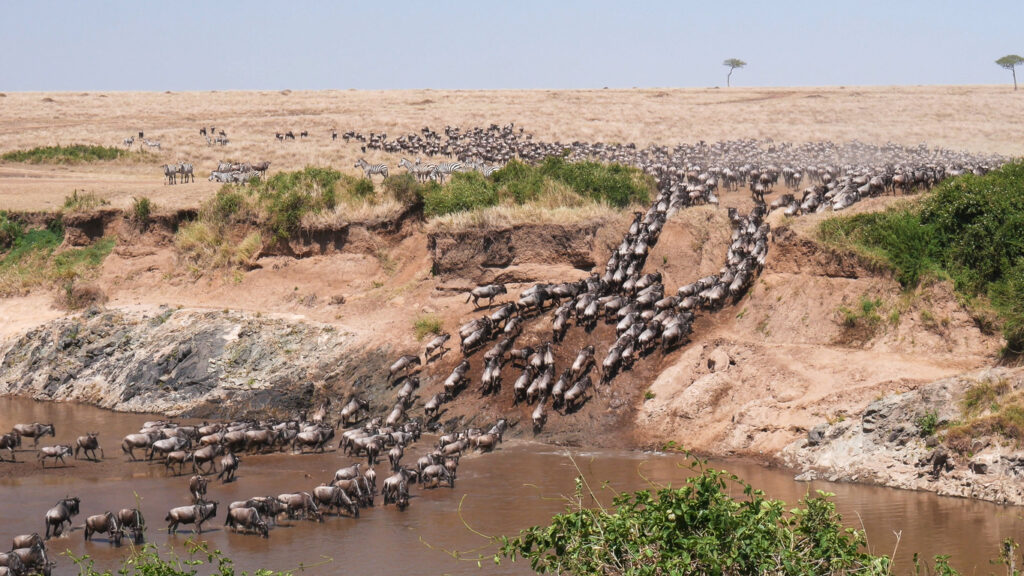
As traditional habitats become less hospitable due to rising temperatures, animals are being forced to adapt in ways that are both impressive and deeply concerning. Species that once migrated short distances are now travelling much farther, while others are shifting their ranges entirely toward the poles or moving to higher elevations where cooler conditions prevail.
For example, leatherback turtles, which have long nested on tropical and subtropical beaches, are now adjusting their nesting sites, seeking cooler beaches further north to protect their developing embryos from lethal heat levels (source). Meanwhile, many North American bird species are wintering hundreds of kilometres further north than they did just decades ago, as milder winters make traditional southern migrations unnecessary.
These shifts can lead to cascading ecological effects. Animals may end up in habitats to which they are poorly adapted, struggle to find suitable food sources, or encounter unfamiliar predators and competitors. In some cases, the very ecosystems they once helped sustain can collapse in their absence, as key species disappear or migrate elsewhere.
Collapsing migrations are becoming a problem.

Some migrations aren’t merely changing — they’re disappearing altogether. Species that once undertook extraordinary journeys across continents are becoming sedentary because climate conditions allow them to survive year-round in a single location.
At first glance, this might seem like a positive adaptation. But the loss of migration often leads to unforeseen problems, including overcrowding, resource depletion, and increased disease transmission. In East Africa, warming temperatures and human-induced habitat loss have contributed to the dramatic decline of wildebeest migrations across the Serengeti. Without these vast, landscape-shaping movements, ecosystems that depend on the nutrient cycling and grazing patterns provided by migrating herds are suffering.
Similarly, the once-abundant Atlantic cod populations have shifted their traditional spawning grounds northward, disrupting centuries-old fisheries and impacting coastal communities that rely on these stocks for their livelihoods.
Marine migrations are in peril.
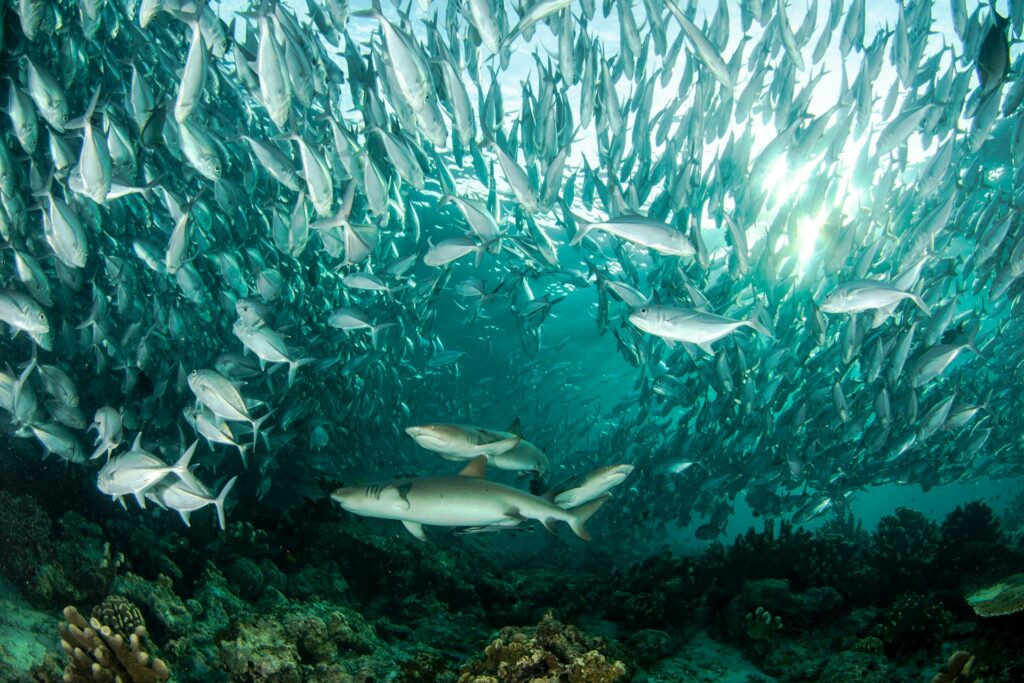
The impacts of global warming are perhaps even more dramatic beneath the waves. Oceans are warming at an alarming rate, and marine species are being forced to move to stay within their optimal temperature ranges.
Fish stocks are shifting poleward at a rate of up to 26 kilometres per decade, according to findings from the Intergovernmental Panel on Climate Change (IPCC). This movement is already causing geopolitical tensions, as traditional fishing grounds yield fewer catches and nations dispute access to newly abundant waters.
Predators like seabirds, seals, and whales that rely on specific fish species are also being impacted. For example, humpback whales along Australia’s east coast are altering the timing of their migrations to adjust to changing ocean temperatures and the availability of krill, their primary food source. These changes affect not only the whales, but also the ecosystems they help regulate and the tourism industries that depend on predictable migration patterns.
The human factor comes into play.

Human activity compounds the impact of climate change on migration in profound ways. Urban expansion, agricultural development, deforestation, and large-scale infrastructure projects like dams and highways fragment habitats and create nearly insurmountable barriers for migrating animals.
Wetlands, which serve as vital rest stops for millions of migratory birds, are disappearing at an alarming rate. As these stopover sites vanish due to development or climate-induced drying, entire migratory routes are compromised.
Efforts like the East Asian-Australasian Flyway Partnership are crucial, aiming to protect critical habitats across 22 countries and recognising that safeguarding a single breeding or wintering ground isn’t enough — the entire migratory journey must be preserved.
Adaptation and resilience help, but they’re not a cure-all.
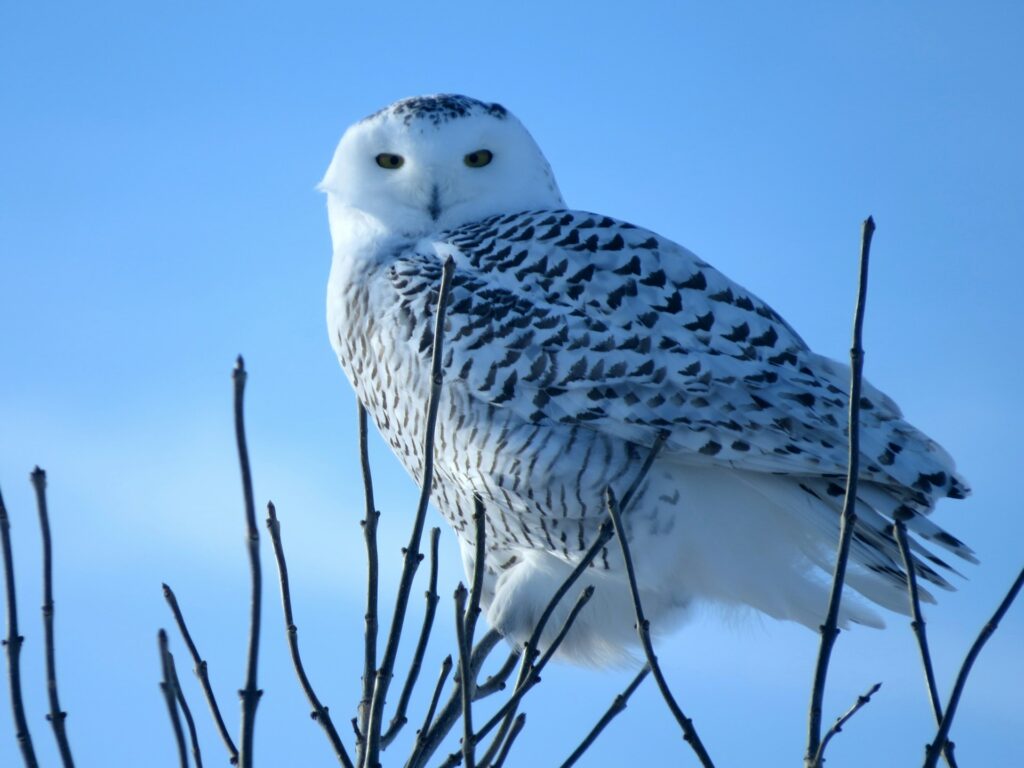
Despite the immense challenges they face, many species are demonstrating remarkable resilience and adaptability. Some bird species are adjusting their migration schedules, while others are altering the timing of key life events, such as breeding or moulting, to better match new environmental conditions.
Certain populations of monarch butterflies, once famous for their epic journey from Canada to Mexico, are now establishing year-round colonies in parts of the southern United States thanks to warmer winters. While this may help maintain butterfly numbers locally, it raises concerns about disease transmission and genetic diversity over the long term.
Technology is providing conservationists with new tools to help migratory species adapt. Satellite tracking, geolocators, and GPS collars allow researchers to monitor migration routes with unprecedented detail, helping to identify critical habitats and movement corridors that need protection.
Conservation strategies are increasingly focused on creating “climate corridors” — connected networks of protected habitats that allow animals to move freely in response to changing environmental conditions. These corridors recognise that static reserves are no longer sufficient in a world where the climate itself is on the move.
It matters more than you think.
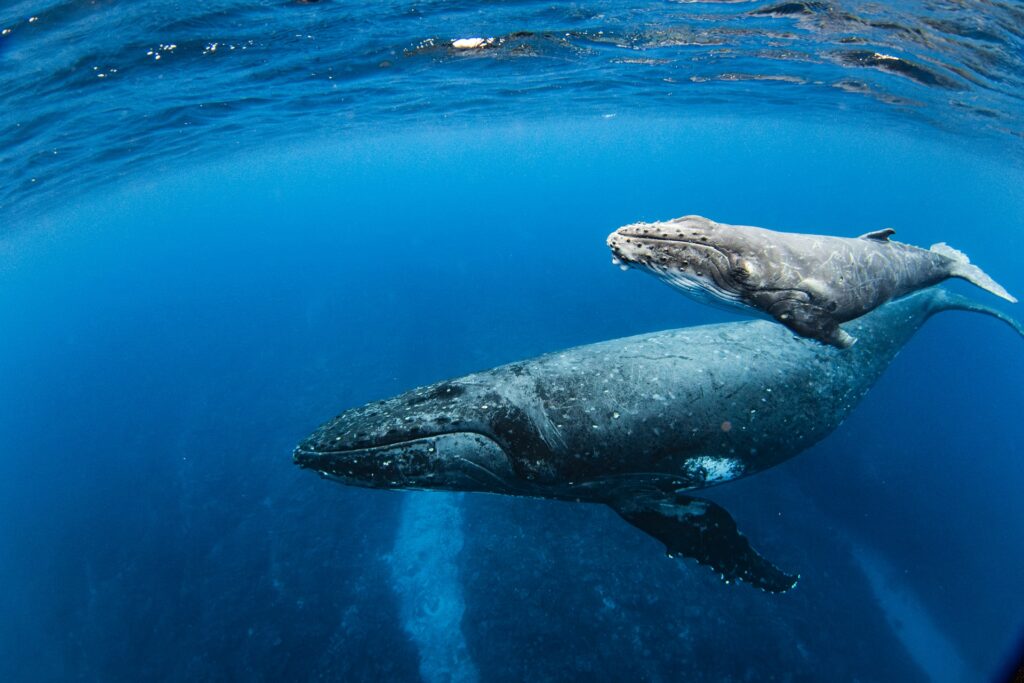
Migration isn’t just a biological curiosity or a beautiful spectacle. It is a vital ecological process that supports biodiversity, maintains healthy ecosystems, and even provides essential services to human societies. Migratory animals pollinate crops, disperse seeds, regulate pest populations, and transport nutrients across vast distances.
The disruption of migration patterns threatens these essential functions, with knock-on effects that could ripple through food webs, farming systems, and global economies. Protecting migratory species means safeguarding food security, supporting sustainable fisheries, and preserving the natural systems that underpin human well-being.
We’re in a race against time.
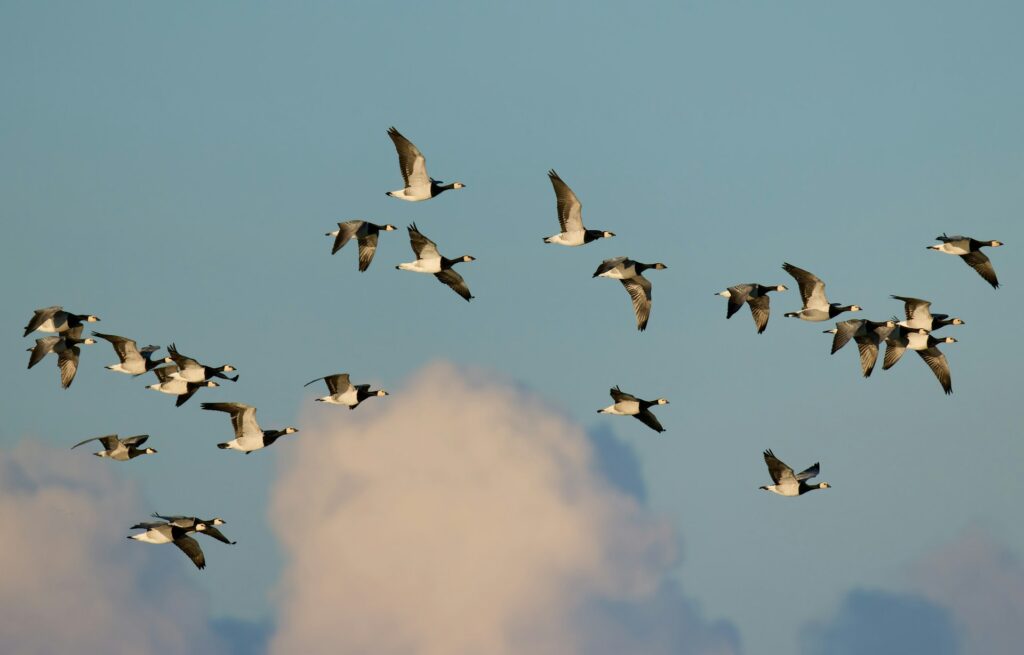
The story of migration in a warming world is one of both profound loss and extraordinary adaptability. Species are moving, adjusting, and in some cases, vanishing. The changes unfolding now are both a warning and a call to action.
By reducing greenhouse gas emissions, protecting and restoring critical habitats, building international cooperation to safeguard migratory routes, and supporting the resilience of wildlife through targeted conservation efforts, we can give migratory species a fighting chance.
Migration stands as a testament to nature’s resilience, ingenuity, and interconnectedness. If we act wisely and swiftly, we might still preserve these extraordinary journeys — and with them, the rich, interconnected world they sustain.